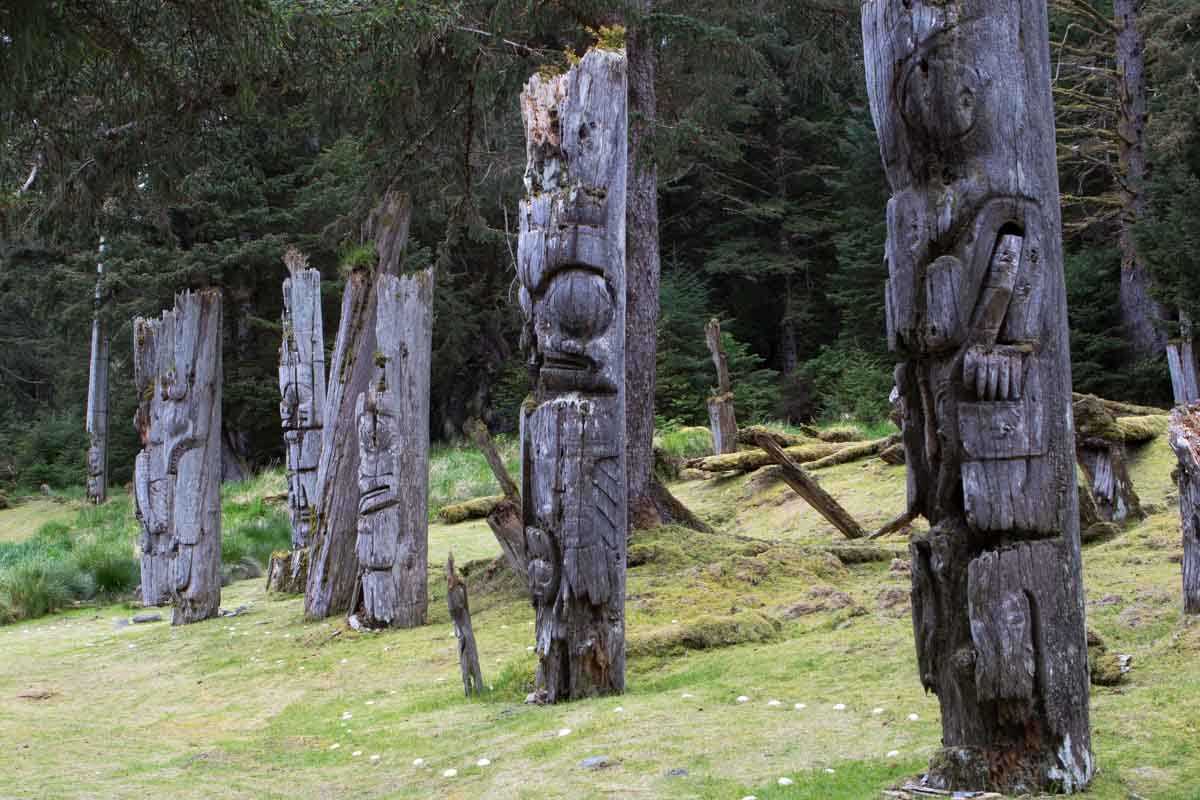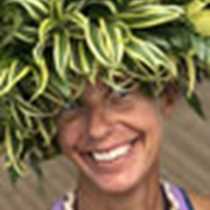After a calm transit of 120 nautical miles along the eastern shore of Moresby Island from Queen Charlotte City, we dropped the hook on the exposed southwest coast of Gwaii Haanas and SGang Gwaay (Anthony Island). With the rough and tumble Pacific Ocean within reach, we immediately gained a great appreciation for the Haida people who chose to settle this area. As we explored the Sitka spruce-dominated forest, it was not long before we came upon house sites of old, where up to 300 Haida people lived up until the last big epidemic in the 1860s. Memorial and mortuary poles above the beach helped to paint the picture of a once thriving culture. The mortuary poles were the graves of a high status person, carved with the crests of the deceased, and at the top we could see the cavity where the remains were put inside in a bentwood box. We could not help but feel the sacredness of this site, and blessed we were with the great guidance of the watchmen, who taught us about the history and area, as well as our resident cultural interpreter, Barbara Wilson.
After exploring the UNESCO site, we had the opportunity to explore the coastline, glimpsing the poles from the seaside. We could only imagine what foreigners to this land must have first thought when approaching this incredible scene. Kelp beds devoid of sea otters, after intensive harvest from 1787-1840, and whale-less waters, perhaps as a result of the nearby Rose Harbor whaling station (1910-1942) helped to tell the story of the islands long history of maritime trade and extraction and the end of life as the Haida knew it. Black oystercatchers, pigeon guillemots, cormorants, the occasional tufted puffin, seals and sea lions were the subjects of our aquatic canvas while the temperate rainforest continued to paint the backdrop of this amazing pacific northwest coast.







